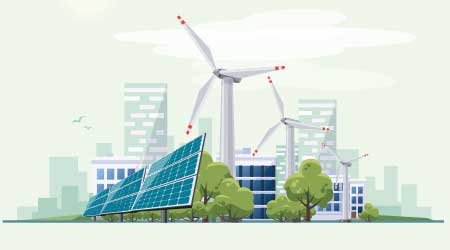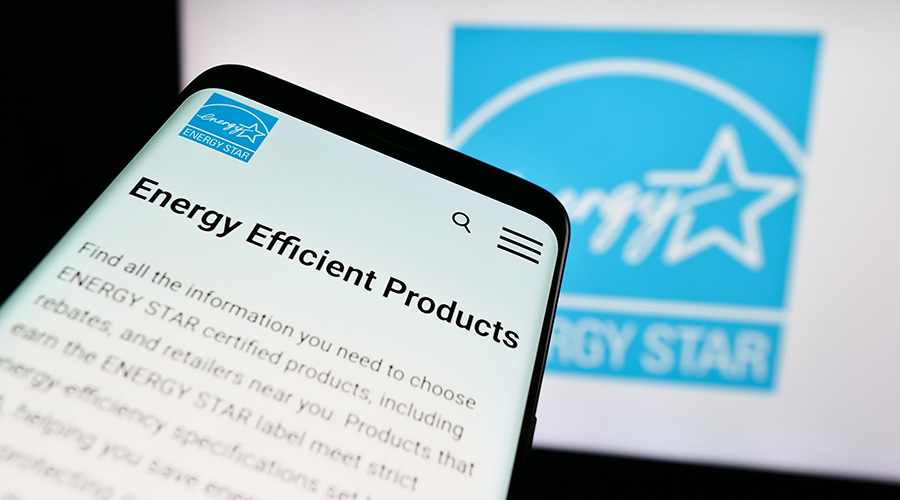IoT and Renewables Boost Zero Energy Goals
Incorporating building internet of things technologies helps optimize use of renewable energy in zero energy buildings.
By Greg Zimmerman, Executive Editor
OTHER PARTS OF THIS ARTICLEPt. 1: This Page
Buildings with zero energy goals must use renewables in some form to make up the difference in the energy they use from the grid. Building Internet of Things technology is making it easier to incorporate energy generated from these renewable sources into the building’s overall energy picture at times when it makes most sense, both from a cost and efficiency standpoint.
“Renewables and IoT are absolutely key for zero energy buildings,” says Cathy Higgins, research director, New Buildings Institute. “In order to run a zero energy building, the facility manager has to get real-time data. IoT provides that real-time data about production, which is essential, not just for operational aspects, but also for trending and potential demand-response.”
When solar panels, for instance, are producing the most energy, the building systems should be optimized to dial back grid electricity. When they’re not producing as much energy, facility managers can either simply use more grid energy or create a sort of building-level automated demand-response script, says Robert Knight, senior associate, intelligent building practice, Environmental Systems Design. Lighting can be dimmed, set points rolled back, etc., just as would be done with a demand-response event triggered by a utility.
Optimizing the renewable energy generated comes down to optimizing how a building responds to the “trifecta of information,” says Higgins. Knowing when to use grid power, when to use renewable energy, and when to store energy (if possible) is the key to ensuring that both the energy and cost accounting work out in efficiency’s favor.
Read the full story on how technology is spurring growth in zero energy buildings.
Related Topics:












